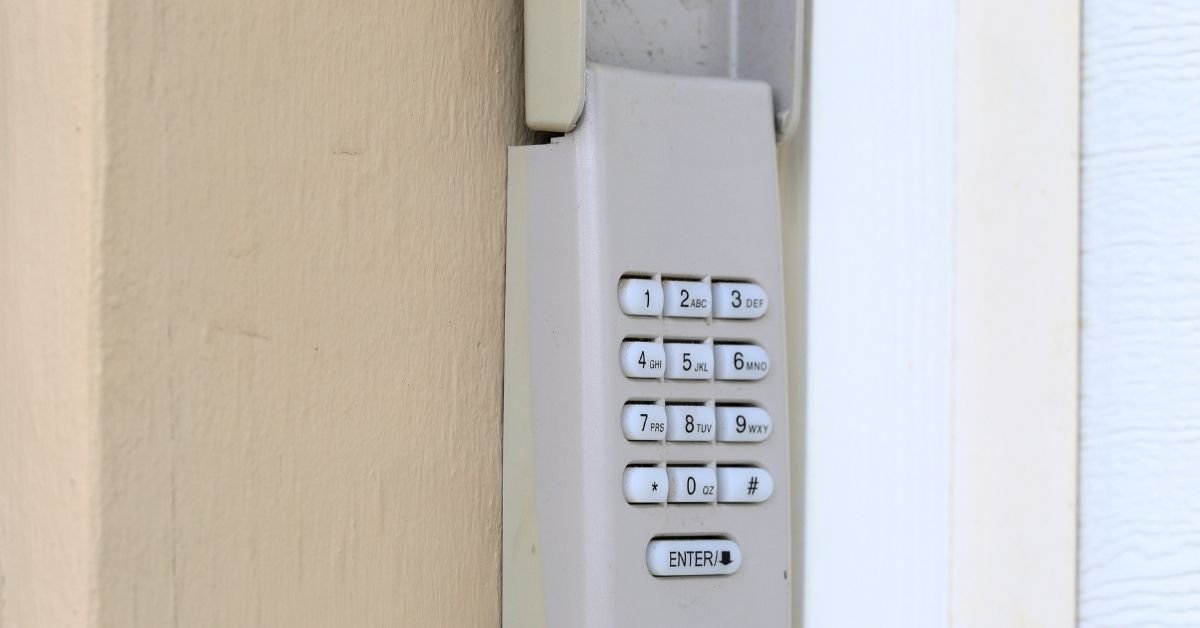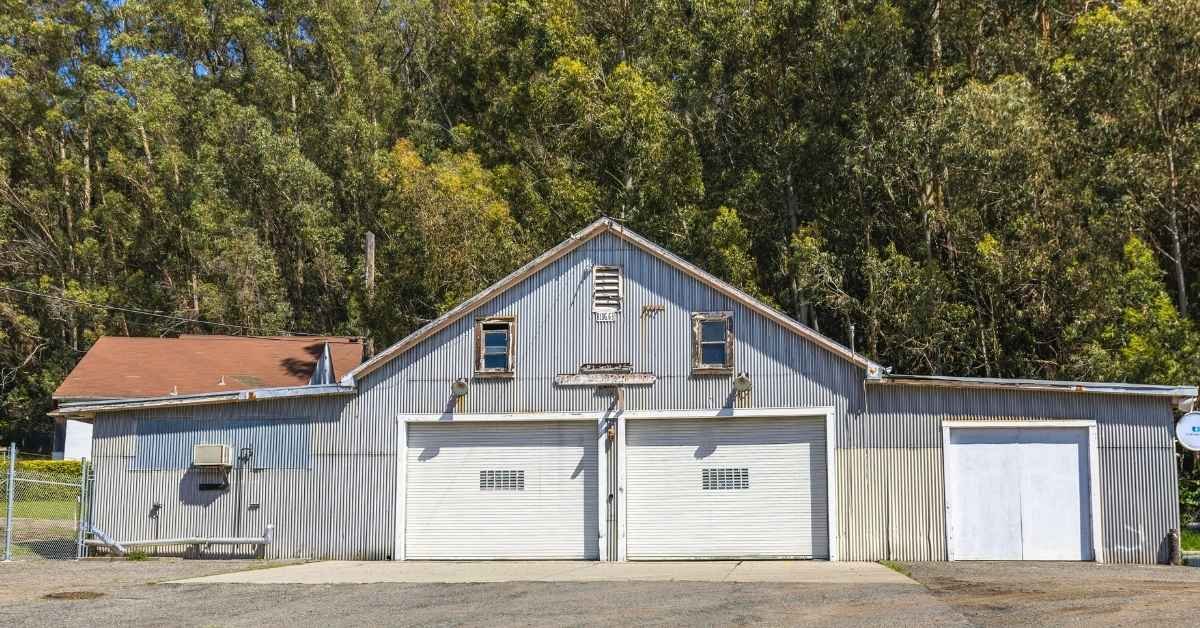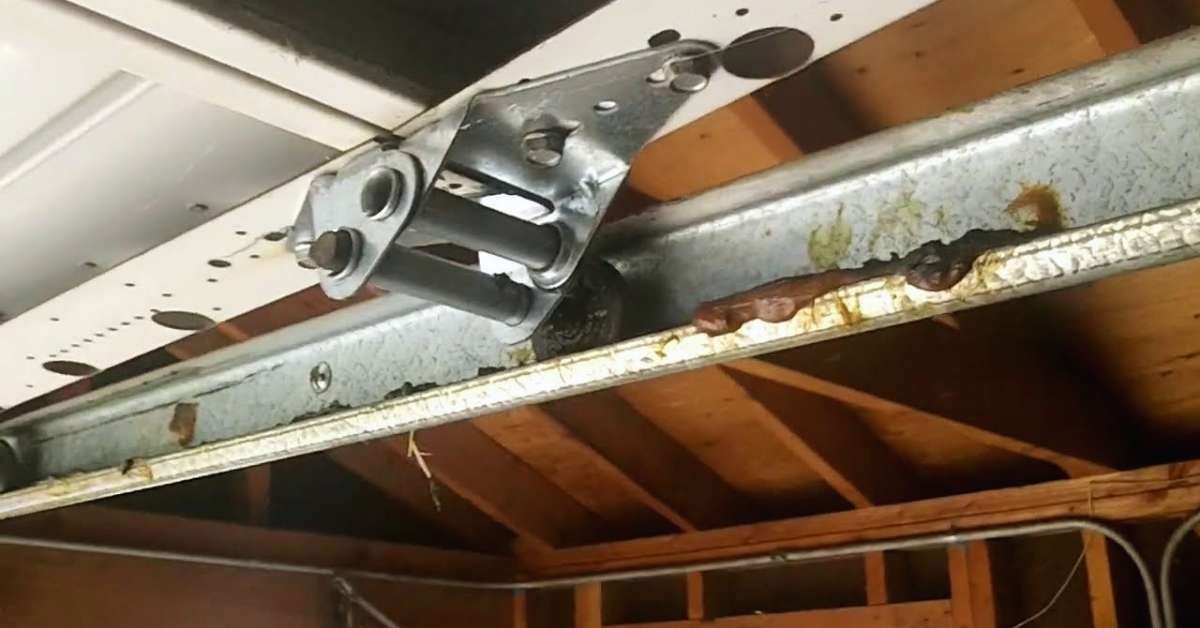Table of Contents
A Comprehensive Guide on How To Replace Garage Door Bottom Seal for Optimal Performance
A properly functioning garage door is essential for the security and efficiency of your home. One often overlooked component is the bottom seal, a key player in weather protection and energy efficiency. In this detailed guide, we’ll walk you through the step-by-step guide about How To Replace Garage Door Bottom Seal; it will ensure a snug fit and optimal performance.

Understanding the Garage Door Bottom Seal
Functionality and Significance
The garage door bottom seal is a barrier against the elements, preventing rain, debris, and pests from entering your garage. Its role in maintaining an energy-efficient environment within your home cannot be overstated. A worn-out or damaged seal compromises both security and energy conservation.
Types of Garage Door Bottom Seals
Garage door bottom seals come in various materials, including rubber, vinyl, and bulb-style designs. Each material offers specific benefits, such as durability, flexibility, and resistance to extreme temperatures.
Understanding these variations helps you choose the most suitable replacement for your needs. Let’s see a brief:
Rubber Seals: A Durable Shield
Rubber garage door bottom seals are known for their durability and resilience. They provide an effective barrier against external elements and are particularly adept at withstanding harsh weather conditions.
Benefits:
Durability: Rubber seals are robust and can withstand frequent use and exposure to weather conditions without deteriorating.
Flexibility: The flexibility of rubber allows for a snug fit along uneven surfaces, ensuring comprehensive coverage.
Weather Resistance: Excellent resistance to extreme temperatures makes rubber seals suitable for hot and cold climates.
Vinyl Seals: The Flexible Contender
Vinyl garage door bottom seals are valued for their flexibility and versatility. They offer a good balance between durability and ease of installation.
Benefits:
Flexibility: Vinyl seals are highly flexible, adapting well to different garage door designs and movements.
Easy Installation: The pliable nature of vinyl makes it relatively easy to install, making it a popular choice for DIY enthusiasts.
Affordability: Typically more budget-friendly than other seal materials, making it an economical choice for homeowners.
Bulb-Style Seals: The Weatherproof Design
Bulb-style garage door bottom seals feature a unique design resembling a bulb or tube. This design provides enhanced protection against drafts and weather elements.
Benefits:
Comprehensive Seal: The bulb-style design creates a complete seal along the bottom of the garage door, minimizing gaps.
Weather Resistance: Exceptional at preventing drafts and removing rain, snow, and other external elements.
Enhanced Insulation: The bulb shape enhances insulation, contributing to energy efficiency by minimizing heat or excellent air loss.
Considerations When Choosing a Seal
Garage Door Type
Sectional Doors: Rubber and vinyl seals are often suitable for sectional garage doors.
Roll-Up Doors: Bulb-style seals are famous for roll-up doors due to their effective weatherproofing.
Climate Considerations
Hot Climates: Rubber and vinyl seals are resilient against heat.
Cold Climates: Bulb-style seals offer enhanced protection against cold drafts.
Maintenance Requirements
Low Maintenance: Vinyl seals often require less maintenance than rubber, which may need occasional lubrication.
Regular Checks: Bulb-style seals may need periodic inspections to maintain the bulb shape.
Choosing the Right Seal for Your Needs
- Consider your specific requirements, climate conditions, and the type of garage door you have when selecting a replacement seal.
- Each material has unique advantages, and choosing the right one ensures optimal performance and longevity for your garage door bottom seal.
How To Replace Garage Door Bottom Seal: Tools and Materials
Comprehensive List of Tools Required
Before embarking on the replacement process, gather essential tools like a tape measure, screwdriver, pliers, and a utility knife. Having the right tools ensures a smooth and efficient replacement experience.
Types of Replacement Seals Available
Explore the market for replacement seals compatible with your garage door. Consider factors like material, thickness, and design. Selecting a seal that aligns with your door type and climate conditions is crucial.
Step-by-Step Guide To Replace Garage Door Bottom Seal
Step 1: Assessing the Existing Seal
Begin by closely examining the current seal. Look for signs of wear, tear, or damage. Measure its dimensions to ensure accurate replacement.
Step 2: Gathering the Necessary Tools and Materials
Prepare for the replacement process by having all required tools and materials on hand. Proper preparation sets the stage for a hassle-free experience.
Step 3: Preparing the Garage Door Area
Clean the bottom edge of the garage door to remove any debris or old seal remnants. Ensure the area is dry, providing an ideal workspace for the replacement.
Step 4: Removing the Old Seal
Carefully remove the existing seal using appropriate tools. Take note of any issues in the track that might need attention during the replacement.
Step 5: Installing the New Seal
Align the new seal accurately along the bottom edge of the door. Utilize a lubricant to ease the installation process, ensuring a proper and secure fit.
Step 6: Securing the Seal in Place
Choose the appropriate method for securing the seal – whether screws or adhesive. Ensure the seal runs smoothly along the entire length without any gaps.
Step 7: Testing the Functionality
Manually check the compression of the seal, ensuring it creates a tight barrier. Operate the garage door to confirm that the seal prevents drafts and debris.
Additional Tips On Replacing Garage Door Bottom Seal
Choosing the Right Seal Material
Consider your climate when selecting a replacement seal. Rubber or vinyl may suit various conditions, while bulb-style seals are effective against harsh weather.
Regular Maintenance Practices
Extend the lifespan of your garage door bottom seal by incorporating regular maintenance. Inspect for wear and tear, clean the seal, and address issues promptly.
Common Issues While Replacing Garage Door Bottom Seal

Addressing Common Installation Issues
If you encounter challenges during installation, refer to troubleshooting tips. Common issues include uneven seals, difficulty in fitting, or unexpected gaps.
Seeking Professional Help if Complications Arise
If the replacement process becomes too complex or you encounter unexpected challenges, feel free to seek professional assistance. A garage door expert can address complications and ensure a secure and functional seal.
Bottom Line
In conclusion, replacing your garage door bottom seal is a manageable yet essential task for homeowners. By following this detailed guide, you not only enhance the efficiency of your garage door but also contribute to a more secure and energy-efficient home. Regular inspections and prompt replacements are the keys to a well-maintained garage door system, providing peace of mind and reliability for years.






